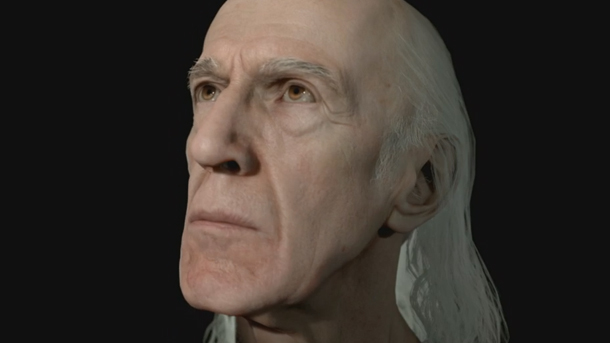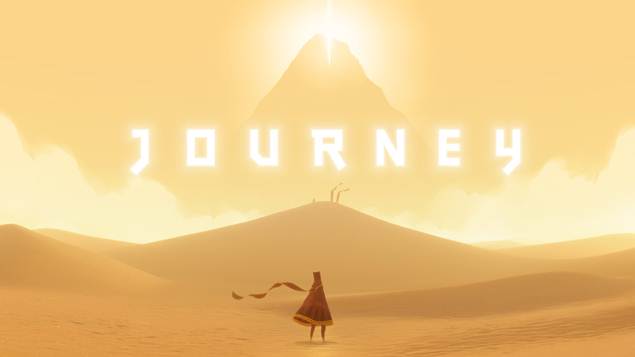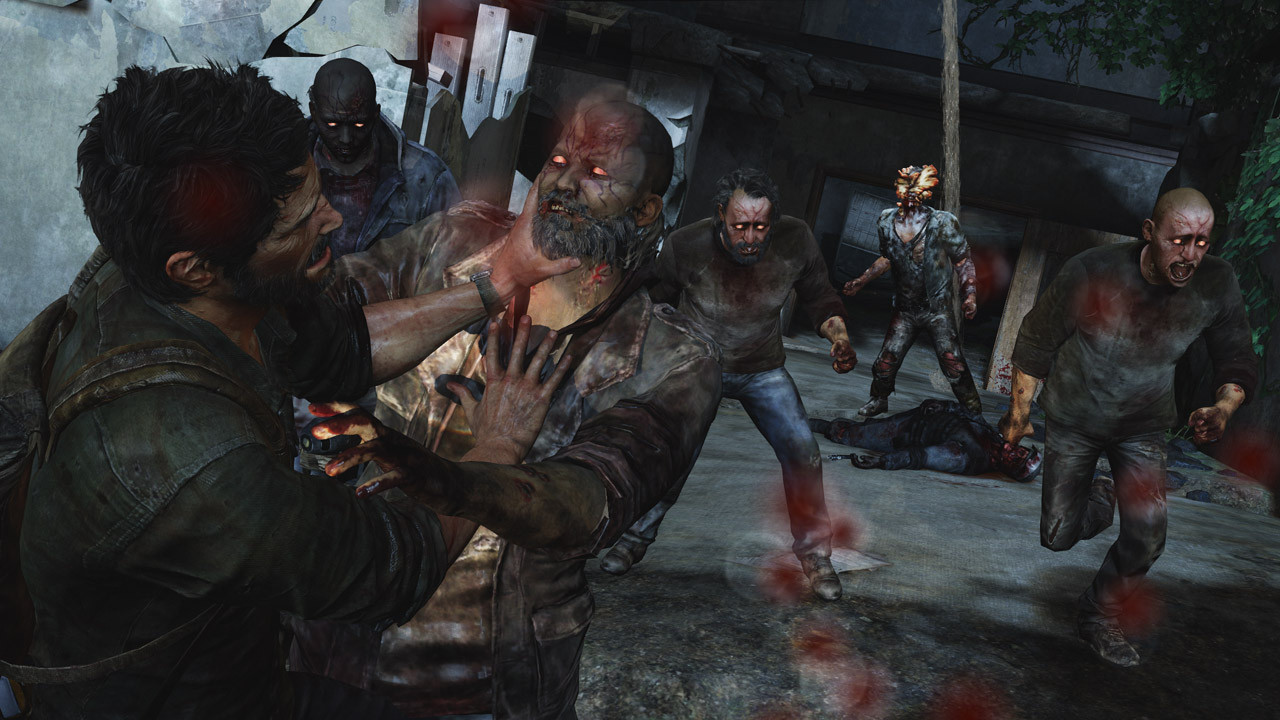
At the PlayStation 4 reveal event, the message was clear: This is the future. And in between higher resolutions, billions of pixels, trillions of instructions, physics engines and expansive environments with great draw distances unbound by the sheer anti-aliasing such a task presents, it is gorgeous.
Ever since game companies have been in cahoots with GPU manufacturers for bringing out newer and more powerful cards, month in and month out, we’ve seen the graphical requirements for each title steadily increase. It’s all in the “realism” or so we’re told. The only way to be properly immersed in the universe we’re saving while subsequently annihilating its inhabitants is to accept that it needs enough horsepower to sustain it.
Think of Toy Story 3 or Cars or even Final Fantasy VII: Advent Children, only the director is placing the onus on you to supply the tools to best present the brilliance apparent. Hell, this has been the common tactic to get us to buy Blu-ray players. And sooner rather than later, we’ll be told that true immersion can only happen via expensive and expansive 4K resolution displays, forget the fact that you might need to mortgage half of your organs to afford them.

However, something struck me when viewing David Cage’s little presentation of Quantic Dream’s newest engine during the PS4 reveal. A statement that Cage made about the graphical power of the console and how we were “now limited only by our imagination”. Now, Cage isn’t one to make the most sensible of statements, and the fact that his presentation consisted of little more than a giant floating head of an old man is tantamount to that.
It’s just that it represents an on-going notion amongst some developers, at least on the Sony side, that better graphics will make for a better game.
Look at Killzone 2. A game that was forever dogged by the controversy of its graphics, only to be released and subsequently praised for its action. Cue the sameish Killzone 3, which only changed up the scenarios while adding a lot more turret sequences and the collective “meh” when it arrived. Killzone: Shadow Fall appears to be the latest in the series of set-piece games: Gorgeous and cinematic but altogether very hollow when you return to the gameplay well a year later.
Now look at four of the biggest and best games of last year, namely Telltale’s The Walking Dead, Gearbox Software’s Borderlands 2, thatgamecompany’s Journey and Arkane Studios’ Dishonored. None of these games showcased what you would consider to be the cutting edge of realism. The first two rely on a cel-shaded style, one in keeping with its graphic novel roots, the other to downplay and simultaneously enhance the black humour and cartoonish mayhem inherent.

Journey aimed to be surreal and exemplify that it’s not about where you go, but how you get there. Dishonored employed an amazing fantasy art style that involved you in its world while still staying firmly entrenched in real world emotions and politics.
Just look at the range of emotions that Lee Everett showcased in The Walking Dead. Hear the despair in Mordecai’s voice when his faithful companion meets a grisly end. Feel a chill run down your spine when you end Dishonored with a high chaos rating and Emily Kaldwin, the heiress, tells you that she planned on having everyone killed anyway.
None of these titles needed highly detailed graphics to tell their stories or make you feel involved. The case could be made for old-school titles also, but it’s amazing how this notion has stayed relevant even in 2013.
Is the detail in Lara Croft’s hair for the upcoming Tomb Raider what keeps us involved with her character or the sheer amount of torment she goes through, intermixed with the helplessness we feel on seeing her collide and cascade through this brutal world that has it out for her? The same applies for Isaac Clarke, who goes through unspeakable horrors in the Dead Space series but instead of celebrating his utter bad-assery, we simply languish in the fact that he more tragedies to combat rather than taking solace in death.
It’s a fine line, and honestly, it’s because of strong graphics hardware that we’re able to experience so many new things. Who can ever forget the set pieces of Half Life 2 and physics of Portal? Who will deny that F.E.A.R., a former graphical heavyweight in its own right, scared the crap out of them? And we didn’t clamour for realism, then games like Rainbow Six, Splinter Cell and hell, even Grand Theft Auto would provide significantly less bang for their buck.

High production values for graphics, whether they be for stellar art design or jaw-dropping realism, are a reaction to our times. When we introduce a world, with all the concepts inherent and don’t sail beyond what the gamer can perceive, then it represents an opportunity lost.
But this notion that simply making things prettier will help us get more involved is misleading. You’d think with its increased involvement in indie gaming, Sony would be able to see that by now.
Thankfully, not every single PS4 game will flow in the same direction. But if the launch of the PS3 is any indication, it’ll take Sony a while before it begins to deliver titles like The Last of Us over experiences like Genji 2 and Lair.













